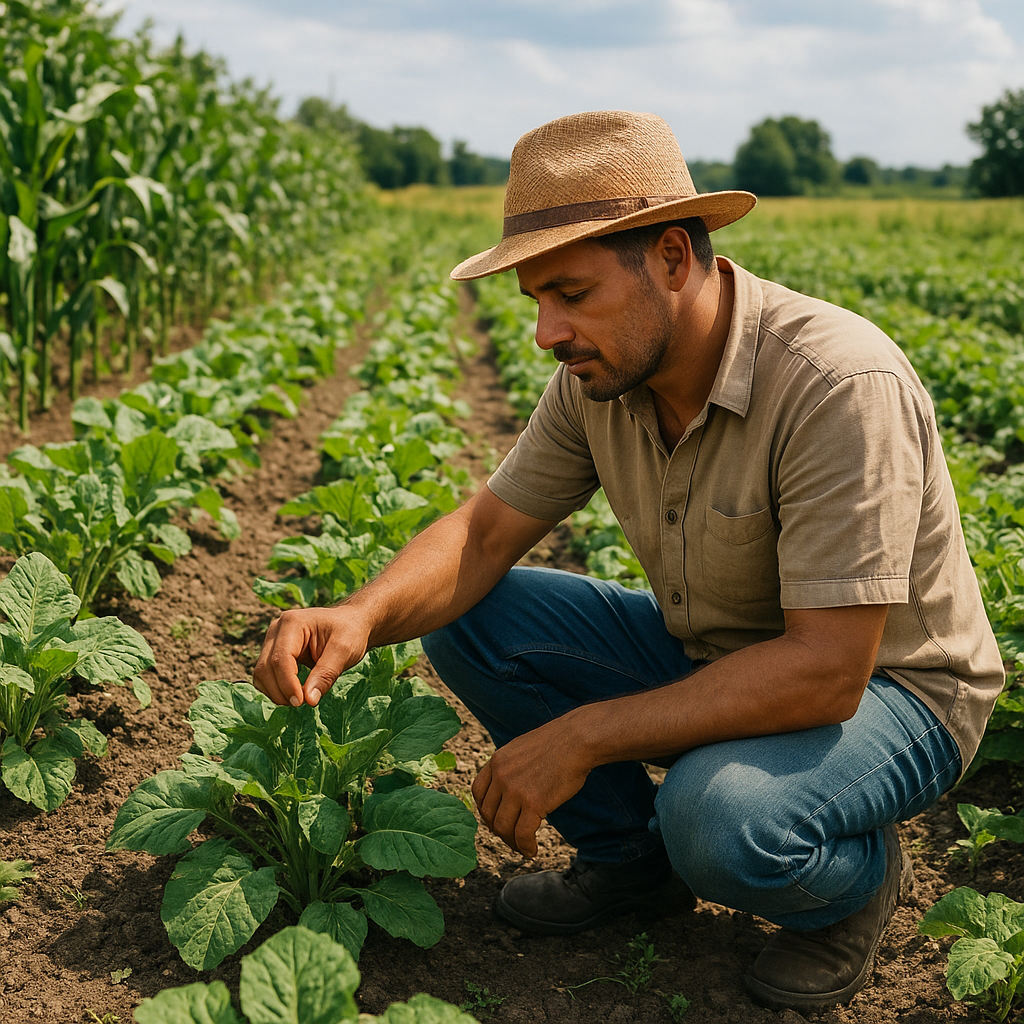
Effective farm waste management contributes directly to sustainable agriculture by transforming byproducts into valuable resources. Responsible handling of residues, from crop stalks to animal manure, enhances soil fertility, conserves water, and reduces greenhouse gas emissions. This guide explores practical tips and innovative techniques designed to help farmers optimize every aspect of waste flow on their land.
Implementing Sustainable Composting Practices
Composting remains one of the most accessible strategies for converting organic waste into nutrient-rich amendments. When carried out correctly, composting harnesses natural processes driven by microorganisms to break down residues, returning essential nutrients to the soil and improving its structure.
Optimizing Compost Piles
- Balance carbon-to-nitrogen ratio: Aim for a mix of high-carbon materials (straw, wood chips) with nitrogen-rich inputs (fresh manure, green cover crops).
- Maintain proper moisture: Keep piles damp as a wrung-out sponge to sustain microbial activity without causing anaerobic odors.
- Turn regularly: Aerate the mass every 1–2 weeks to supply oxygen and distribute heat evenly, accelerating decomposition.
- Monitor temperature: Target 55–65 °C to kill weed seeds and pathogens while ensuring optimal efficiency.
Benefits to Soil Health
Regular application of mature compost enhances biodiversity in the rhizosphere, improves water retention, and gradually builds soil organic matter. These improvements foster stronger root systems and increase resilience against drought and disease.
Utilizing Wastewater and Nutrient Recycling
Efficient use of on-farm water resources can dramatically lower input costs and mitigate pollution. By treating and reusing agricultural runoff, growers can implement closed-loop systems that conserve both water and nutrients.
Nutrient Recovery Technologies
- Settling ponds and constructed wetlands: Natural filtration systems that remove solids and allow plants and microbes to absorb excess nitrogen and phosphorus.
- Membrane filtration: Advanced techniques like ultrafiltration separate fine particulates, enabling water reuse for irrigation.
- Struvite precipitation: Recover ammonia and phosphate as magnesium ammonium phosphate for a slow-release fertilizer.
Best Practices in Water Management
Installing drip irrigation and soil moisture sensors ensures precise delivery of reclaimed water. Grouping crops by water needs also prevents over-irrigation and reduces nutrient leaching into groundwater.
Adopting Innovative Waste Treatment Solutions
Modern farms are increasingly adopting technologies that convert organic residues into energy and bio-based products. These systems not only cut down on disposal costs but also generate additional income streams.
Biogas Digestion Systems
- Anaerobic digesters capture methane from animal manure and crop byproducts, producing biogas for heating, electricity, or vehicle fuel.
- Digestate, the residual material, can be refined into a stable fertilizer, closing the loop on recycling on the farm.
- Scalable designs fit operations of various sizes, from small family farms to large agribusinesses.
Biochar and Pyrolysis
By subjecting biomass to innovation-driven thermal processes, farmers produce biochar—a stable form of carbon that enhances soil fertility and locks carbon into the ground for centuries. Pyrolysis systems can integrate crop waste and woody residues, generating syngas and bio-oil as co-products.
Enhancing Farm Efficiency Through Circular Models
Transitioning to a circular model means every output becomes an input elsewhere on the farm. This approach minimizes external dependence, increases profitability, and fosters resilience against market volatility.
Zero-Waste Strategies
- Intercrop legumes to fix atmospheric nitrogen, reducing synthetic fertilizer needs.
- Integrate livestock to graze cover crop residues, turning forage into meat or dairy outputs.
- Reuse plastic mulch where feasible, or switch to biodegradable films to avoid landfill accumulation.
Enhancing Biodiversity
Implement hedgerows and buffer strips to filter runoff, support pollinators, and encourage natural pest predators. Diverse plantings also bolster the farm’s environment and act as living spillways during heavy rains.
Tips for Effective Farm Waste Monitoring
Accurate tracking ensures timely interventions and continuous optimization of waste management routines. Employ these tactics to keep records and improve decision-making:
- Digital inventories: Use mobile apps to log volumes of manure, crop residues, and other byproducts daily.
- Sensor networks: Deploy temperature and moisture probes in compost piles and digesters to automate alerts.
- Regular audits: Conduct seasonal assessments of waste streams to detect inefficiencies and adjust strategies accordingly.
By combining traditional knowledge with cutting-edge practices, farmers can transform waste liabilities into assets that nourish their fields, generate energy, and protect natural resources. Embracing these methods paves the way for a more productive, resilient, and sustainable future in agriculture.

